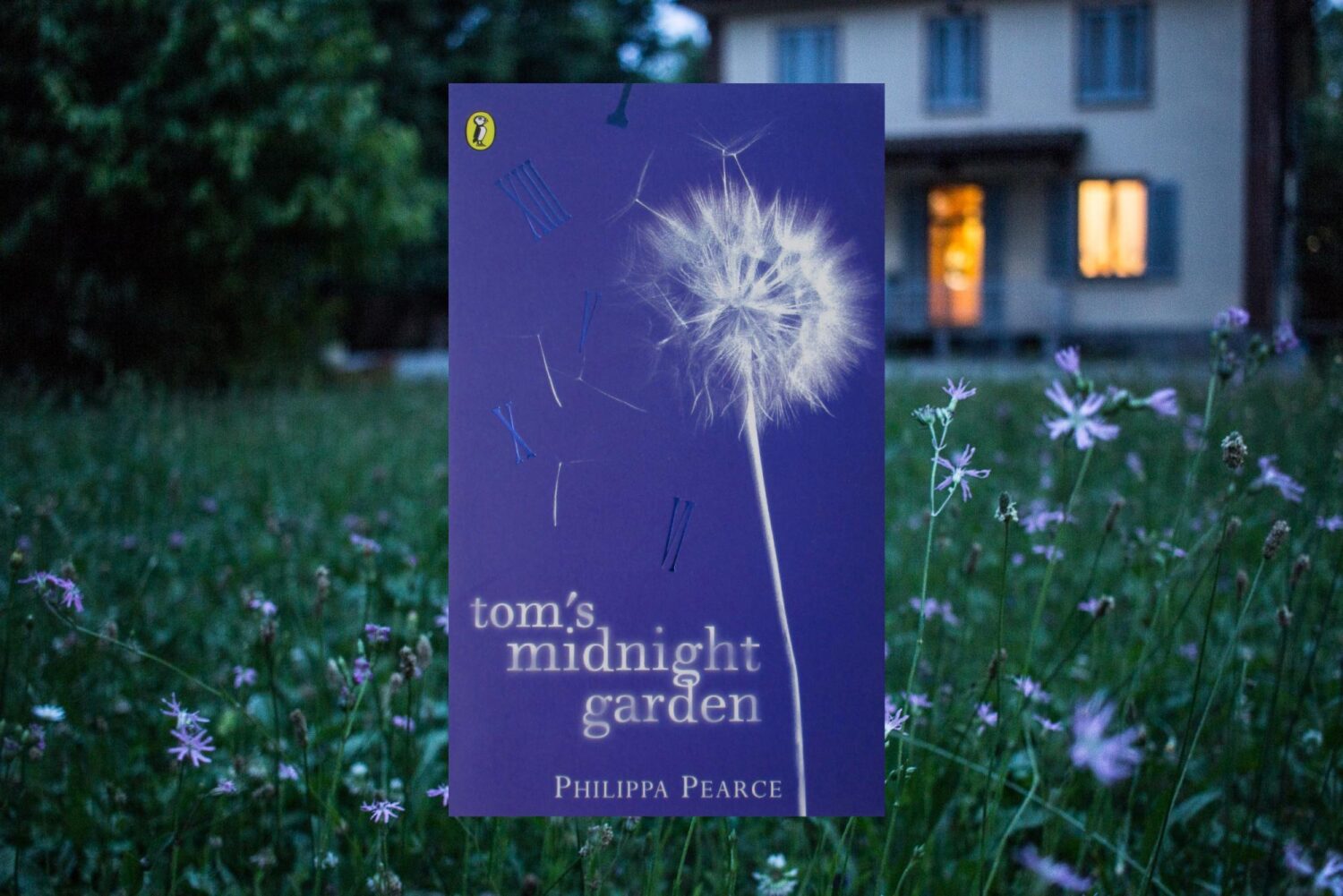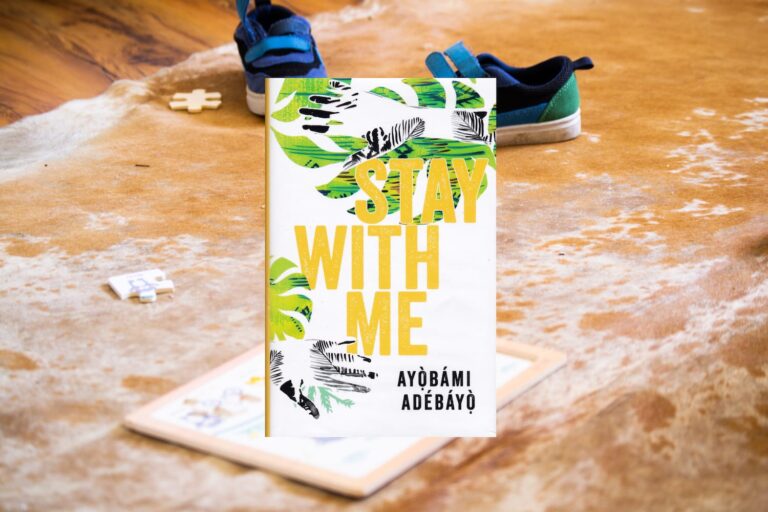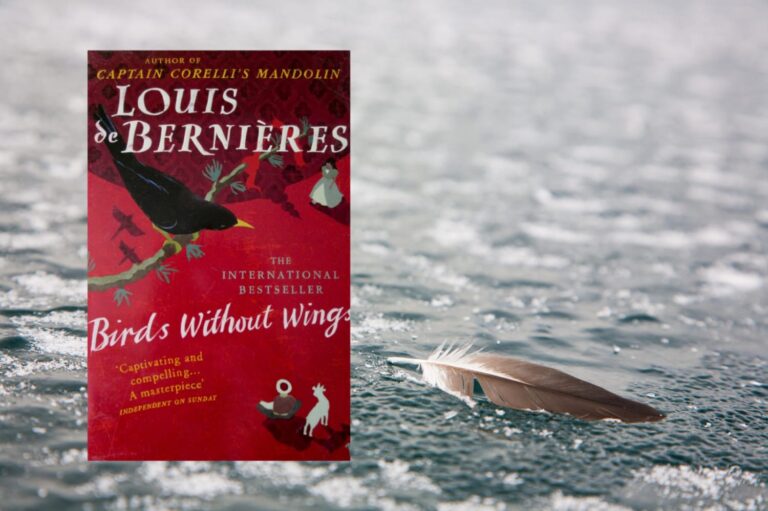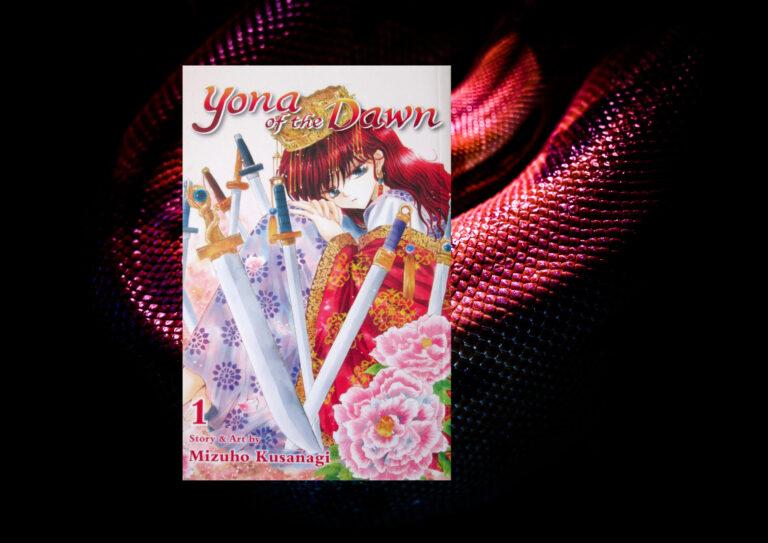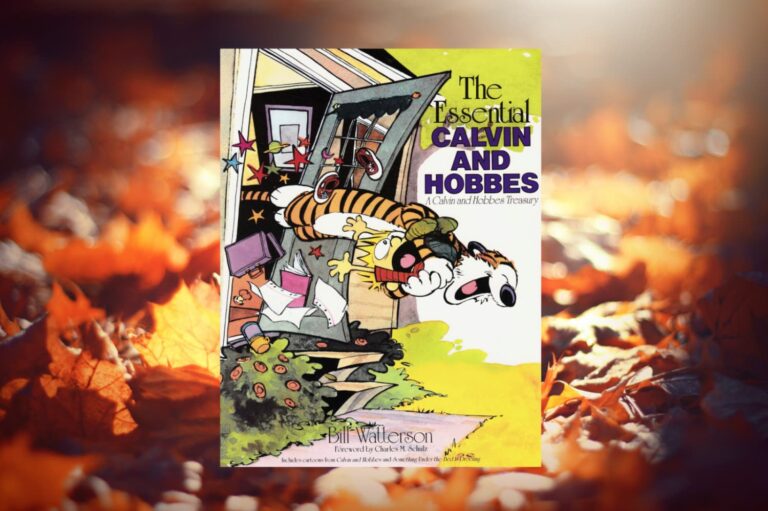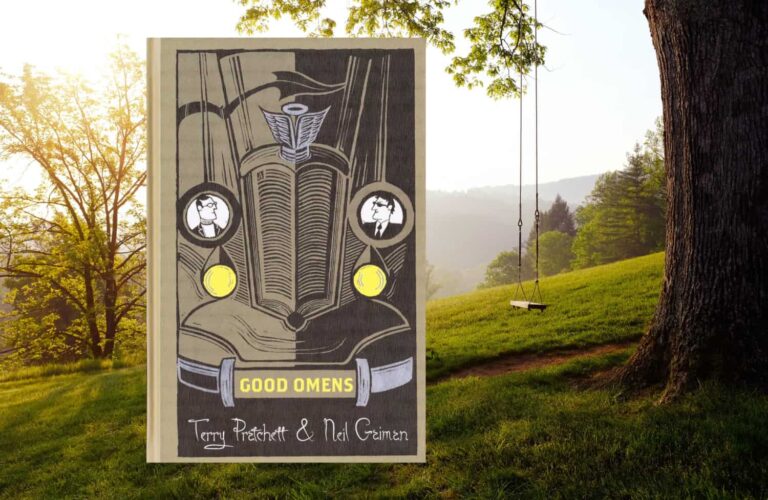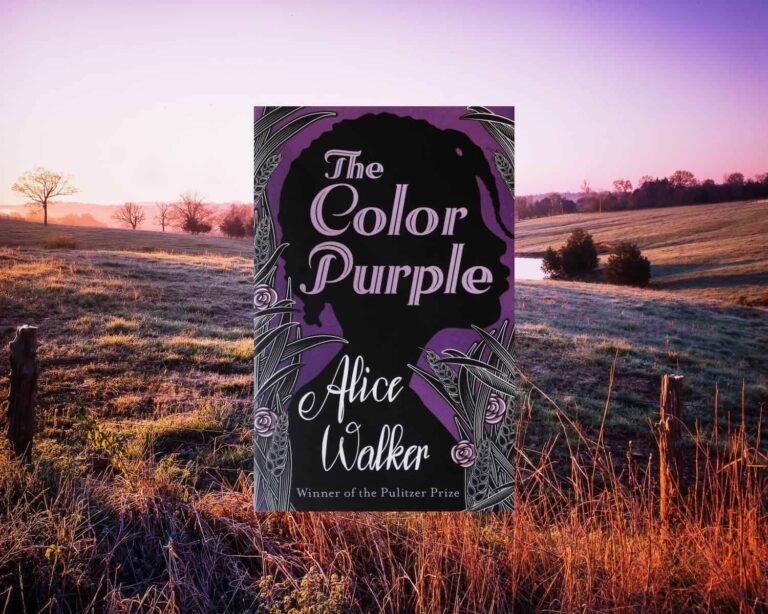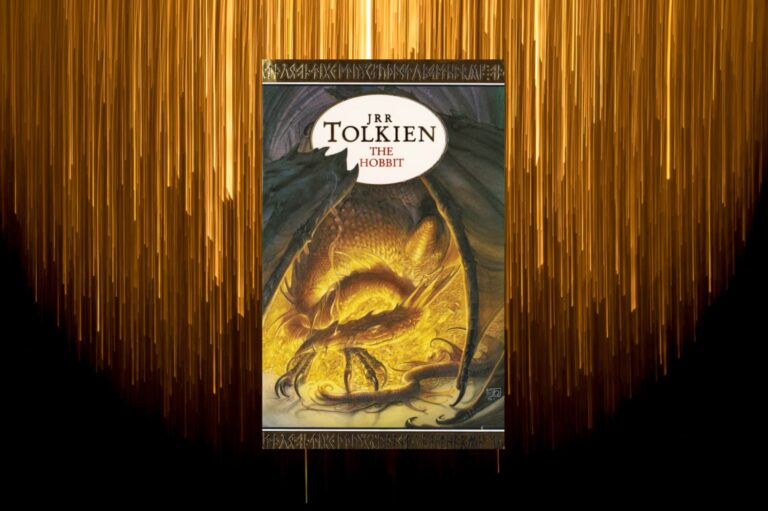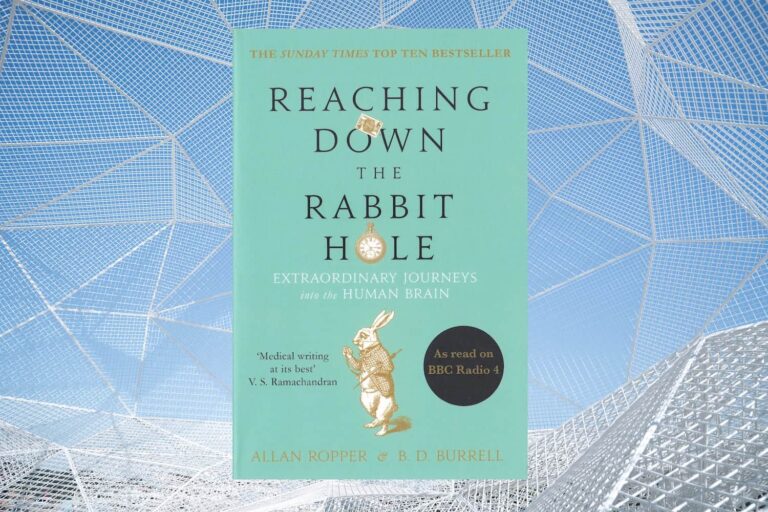While ‘The Secret Garden’ dominated the TV screens of many a childhood along with the ‘Railway Children,’ my heart secretly belonged to ‘Tom’s Midnight Garden’ – a club where members are welcomed with high-fives and where, as an adult, I now encourage others to delve into its pages.
Join the wonder and spend many a restless night as you wait for the time-travelling hour of thirteen to awaken; its doors opening to invite you into the past, the house and its garden opening a new world to Tom.
‘Eleven! Twelve! “Fancy striking midnight twice in one night!” jeered Tom, sleepily. Thirteen! proclaimed the clack, and then stopped striking.’
A young boy from the 1950s, Tom is living in a small house in town, he doesn’t have a huge garden but what he does have he loves, especially the apple-tree that he and his brother Peter love to climb, and have planned that summer to build a tree-house in. It all sounds idyllic, sweet and adventurous, and in this it makes Tom’s bitterness even harder to swallow, for Peter has the measles and the two of them must be quarantined, and worse – separately! For though Tom shows no sign of the measles he may still be infected, and so he’s sent away for the summer to stay with his aunt and uncle in a once-grand country mansion, which has now been reduced to just flats with no garden – the one thing Tom seems to love more than anything else. Roll on the boredom for poor Tom with no electronic games, WiFi, TV or Netflix existing in 1950s, just what did they do??! To make matters worse he’s even sent to bed early – for it’s apparently good and expected for boys to have ten hours of sleep – something unheard of for anyone nowadays!! Unless you’re at university.
Alone, and mentally dying from a life of nothingness, except delicious food, Tom has nothing to occupy his summer or to write about in his letters to Peter, that is except for a time-travelling clock! Upon its strike of an extra hour; the lucky thirteen, the house is returned to its earlier opulence of the mid to late 19th Century, and more than anything a garden to be roamed in and explored, and a friend to play with, Hatty. A little girl who’s equally bored and stuck in the house, but just decades before.
What makes this story so beautiful is the build of the relationship between the two characters, and the uniqueness of a ghostly element in a time-travelling story; with Hatty being from a time long past, and Tom being invisible to most who occupy the majestic house of the past. Is therefore Hatty, the house and its garden really alive? A creation of the imagination? Or the experience of two different points in time crossing over? And what will happen when their time comes to an end?
Phillipa Pearce has produced a work of elaborate and seductive detail, leaving you wanting to join Tom and Hatty in ice-skating along the river, to peek alongside Tom as he stares into the greenhouse, or to climb higher than everyone else when scaling a tree.
There is a lovely linkage of time, a building to the present day and an ending that is as satisfyingly beautiful and as timeless as the book. It leaves you aching for a time before technology; exploring and enjoying the playfulness of youth in the great outdoors, to appreciating childhood friendships and their purity. This is a love song of childhood, written with the magic of time.
Other Notable Works by Philippa Pearce:
- Minnow on the Say 1955
Book Edition Information:
Publisher: Puffin Books
ISBN: 0-140-30893-8
Cover Image: Photonica/Ken Smith
Presented Edition: 2005 Paperback
Background image courtesy of Valentina Locatelli on Unsplash

